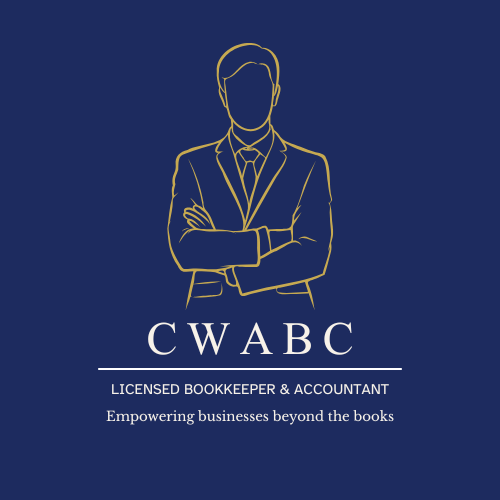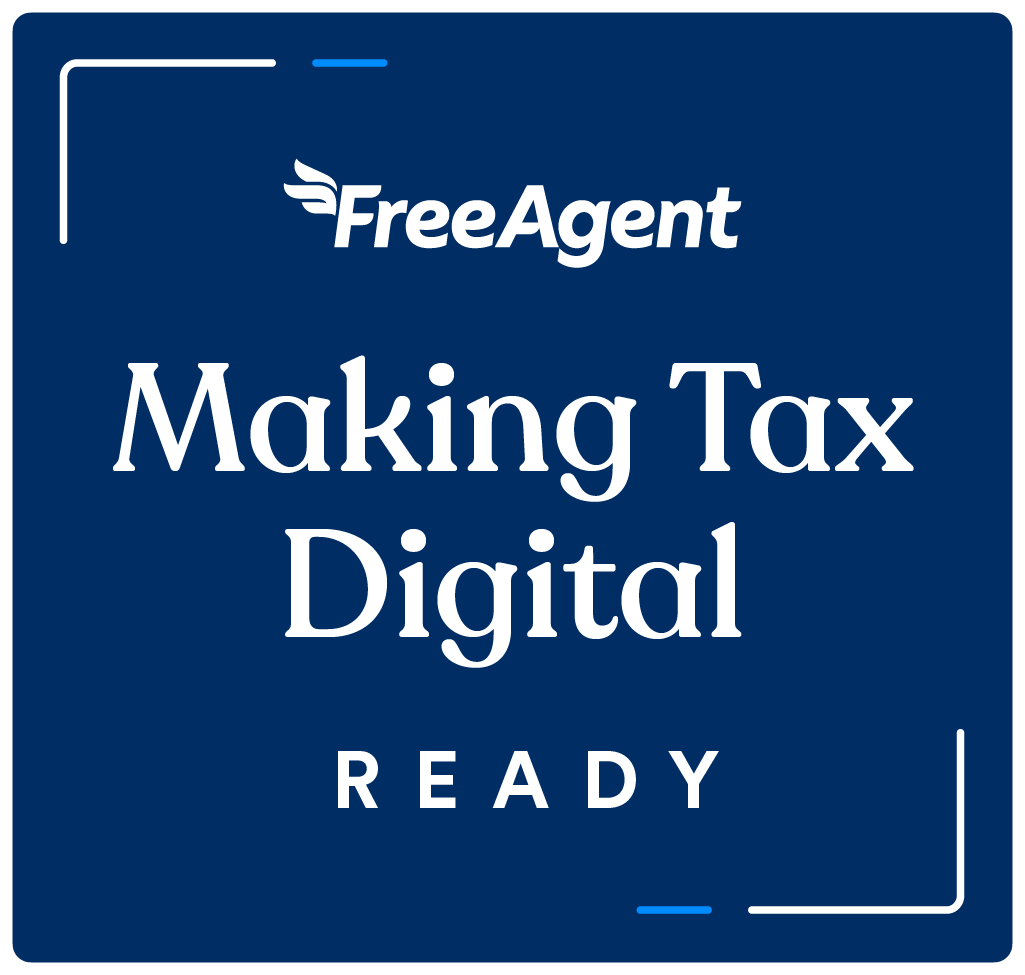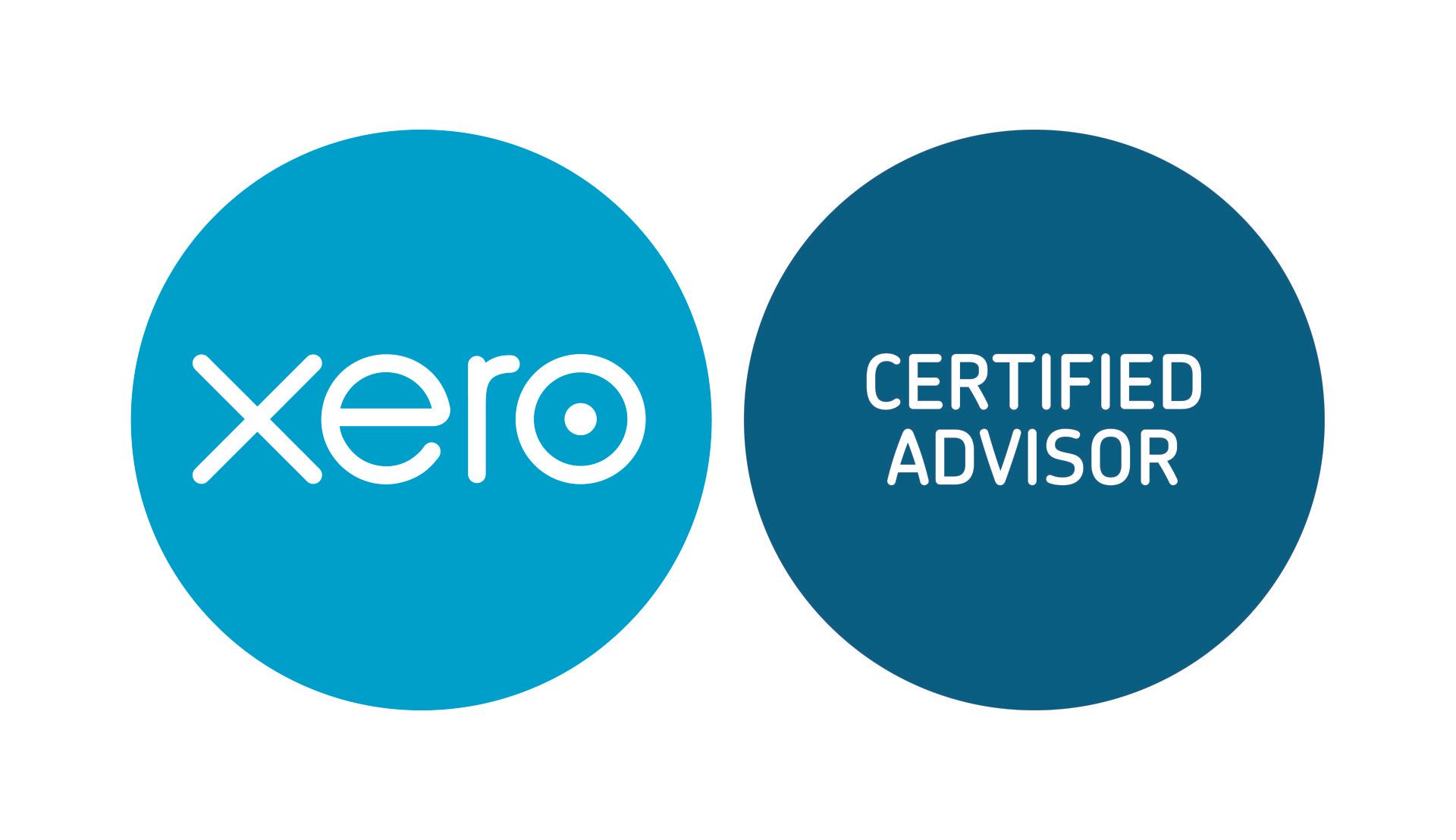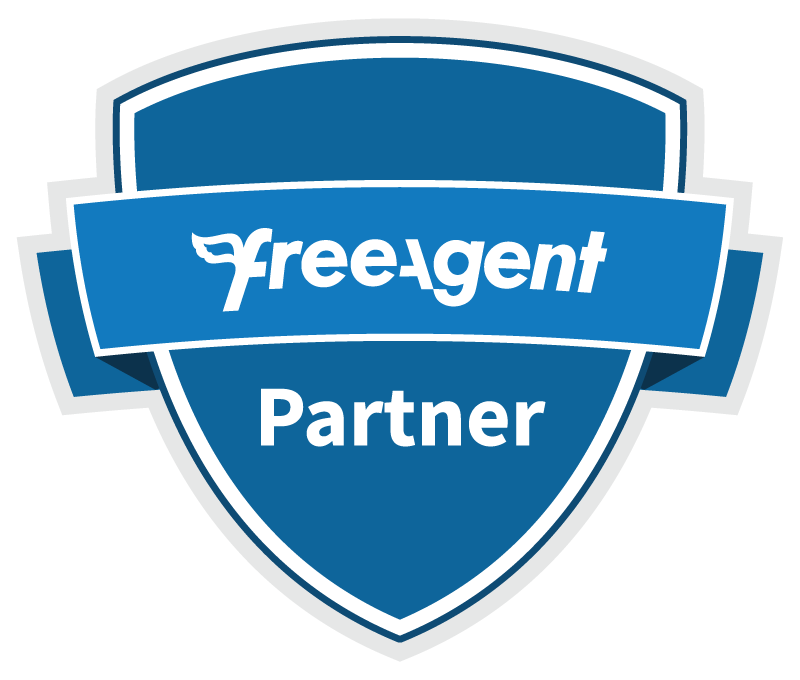Unveiling the Power of Business Intelligence Reporting for Your Business
In the ever-evolving landscape of business operations, staying ahead requires more than just insightful decision-making; it demands the ability to foresee trends, adapt swiftly, and steer your ship amidst changing tides. Enter Business Intelligence (BI) Reporting – the beacon illuminating the path to strategic success for modern enterprises.
What is Business Intelligence Reporting?
Business Intelligence Reporting encapsulates the amalgamation of data analysis, information visualization, and strategic insights to bolster informed decision-making. It's the compass guiding businesses through the vast sea of data, allowing them to extract meaningful patterns and trends.
Why Does BI Reporting Matter?
At its core, BI Reporting acts as the catalyst, transforming raw data into actionable insights. For your business, this means leveraging past and present data to forecast trends, identify potential opportunities, and mitigate risks. It's the key to unlocking the treasure trove hidden within your data archives.
Supporting Business Strategies
Implementing BI Reporting injects dynamism into your business strategies:
1. Data-Driven Decision Making: Bid farewell to gut instinct! BI Reporting arms you with solid data-backed decisions, fostering confidence and accuracy in your strategic moves.
2. Enhanced Operational Efficiency: Uncover inefficiencies, streamline processes, and optimize resource allocation, driving operational excellence and cost savings.
3. Insights into Customer Behavior: Understand your customers on a deeper level. BI Reporting unveils patterns in consumer behavior, enabling personalized services and targeted marketing strategies.
4. Real-Time Monitoring: Stay ahead of the curve by monitoring KPIs in real time. Timely insights empower proactive measures, preventing potential pitfalls.
5. Competitive Edge: Gain a competitive advantage by spotting market trends, identifying niche opportunities, and swiftly adapting to changing landscapes.
The Impact on Your Business
Imagine a scenario where every decision is backed by robust data analysis. BI Reporting translates this dream into reality. It revolutionizes the way you perceive and harness data, catalyzing growth, innovation, and profitability.
Client-Centric Benefits
1. Transparent Insights: BI Reporting offers clear, digestible data visualizations, fostering understanding and trust.
2. Customized Solutions: BI insights provide a roadmap to offer bespoke solutions, enhancing client satisfaction.
3. Predictive Capabilities: BI Reporting foresees trends, enabling proactive strategies, and demonstrating proactive service provision.
Embracing the Future
As the business landscape evolves, BI Reporting evolves with it. Incorporating machine learning and AI, it's not just about historical data; it's about predictive and prescriptive analytics, providing a peek into the future.
In conclusion, Business Intelligence Reporting isn't just a tool; it's the cornerstone of strategic success. Embrace this transformative force, and witness your business ascend to new heights, armed with data-driven insights and unparalleled foresight.
Remember, the journey towards BI excellence is a continuous evolution. Invest wisely, adapt swiftly, and embrace the power of data to steer your business towards sustained success.
Harness the power of Business Intelligence Reporting - illuminate your path to success.















